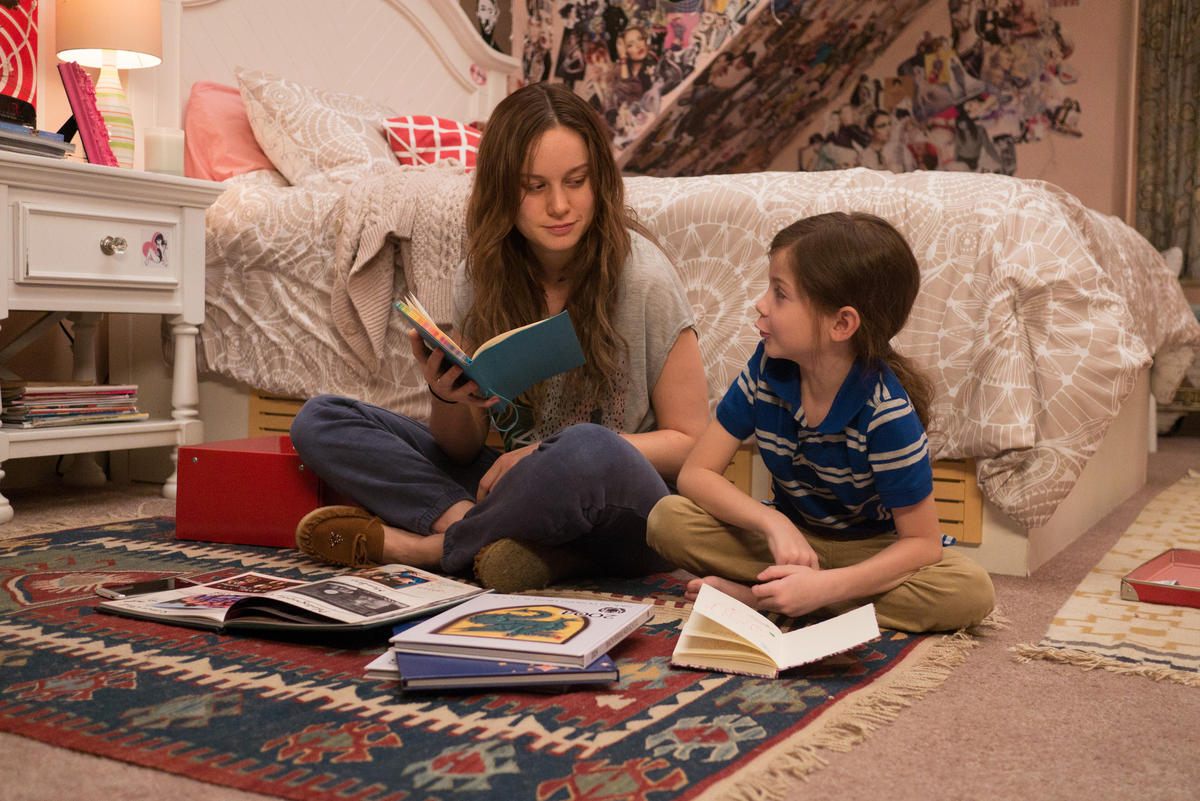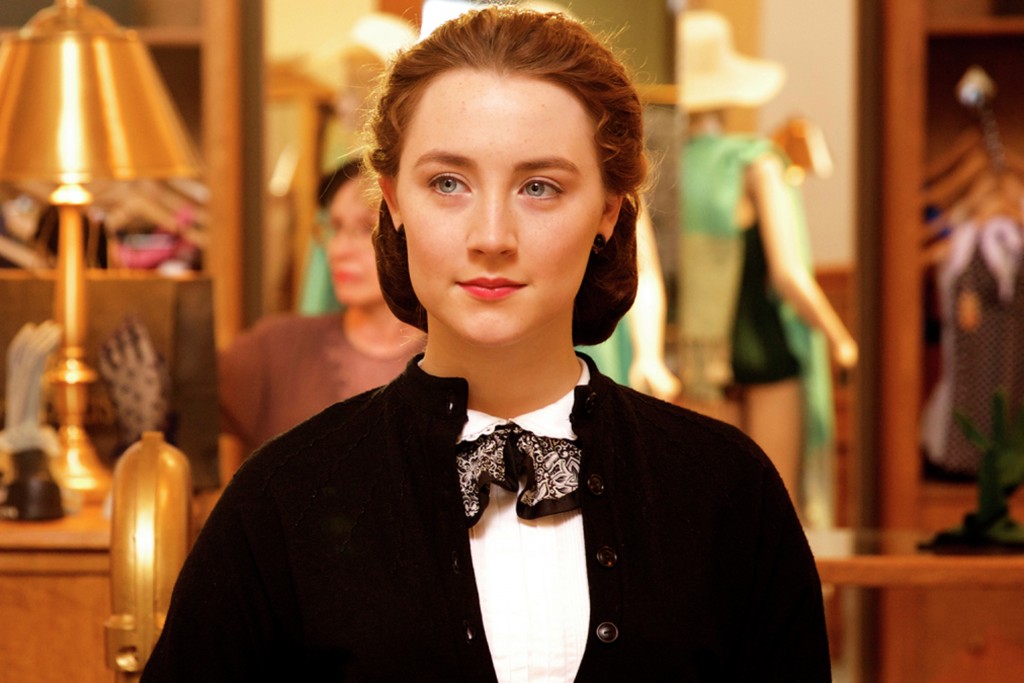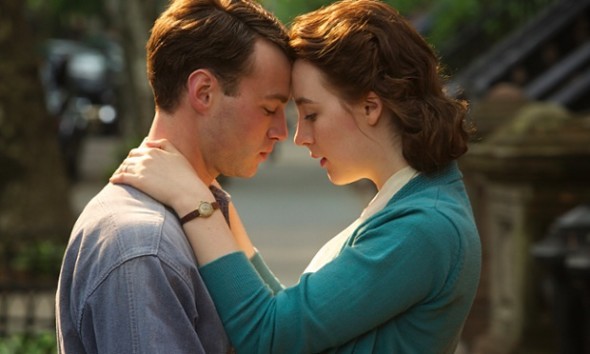This guest post is written by Danika Kimball.
In recent years, moviegoers, critics, and activists have been increasingly outspoken about Hollywood’s apparent diversity problem. Most recently, the battle over identity and inclusion came to a head with the January unveiling of Oscar nominees, where for the second year in a row, all 20 of the acting nominees were revealed to be white — a point which was not glossed over at the 88th Academy Awards.
During last year’s academy awards, April Reign, an attorney who manages BroadwayBlack.com, began using the hashtag #OscarsSoWhite in an attempt to express her frustration at the state of diversity in Hollywood. The hashtag has since gone viral and catalyzed a vital conversation. Reign explained to the Los Angeles Times:
“It happened because I was disappointed once again in the lack of diversity and inclusion with respect to the nominees. … And we see, despite all of the talk since last year, nothing has changed and it looks even worse this year.”
The lack of diversity and inclusion at this year’s academy awards was not glossed over, as Chris Rock opened the program with an biting monologue highlighting the academy’s representation issues — renaming the Oscars the “White People’s Choice Awards.”
“If they nominated hosts, I wouldn’t even get this job,” he added later, “Y’all would be watching Neil Patrick Harris right now.”
The Academy Awards are just the most recent of many instances that show if you’re looking for an accurate depiction of ethnic and gender diversity in the American workforce, Hollywood is the last place you should be looking.
Recent studies by USC Annenberg’s Media, Diversity, & Social Change Initiative recently released a brand new study, which offers an unflattering overview revealing the true extent of the ways in which Hollywood is failing diversity practices. Dr. Stacy Smith, who led the team responsible for these findings, said in a recent interview, “The prequel to OscarsSoWhite is HollywoodSoWhite. … We don’t have a diversity problem. We have an inclusion crisis.”
Their report evaluated every speaking character across 414 films, television, and digital stories released in 2014-2015, covering 11,000 speaking characters who were then analyzed on the basis of gender, racial/ethnic representation, and LGBT status. Researchers also analyzed 10,000 directors, writers, and show creators on the basis of gender and race, and 1,500 executives at different media companies.
Their analysis? “The film industry still functions as a straight, white, boy’s club.”
Other studies performed this year have had similar findings. As reported by NPR, a 2015 UCLA study of Diversity in Hollywood confirms the gender and racial imbalances in film and television, behind the scenes and in front of the camera, which compares minority representation to their proportion of the population.
Darnell Hunt, who co-authored the UCLA study, notes that at every level in Hollywood, women and people of color are underrepresented, although people of color have made slight gains in employment arenas since the last time the study was performed.
Despite the fact that ethnic minorities “make up nearly 40 percent of the U.S. population,” they are represented in leading Hollywood roles a mere 17 percent of the time. And as far as Hollywood executives are concerned, the UCLA study notes that “the corps of CEOS and/or chairs running the 18 studios examined was 94 percent white and 100 percent male.” The study also notes that behind the scenes, directing and writing positions still remain largely white and largely male.
Ana-Christina Ramón, who co-authored the findings notes that the findings are not surprising by any means, but the statistics carry an important message to studios about the profitability of diversity. She tells NPR:
“We continue to see that diversity sells. … And that’s a big point that needs to be then relayed to the studios and the networks.”
She’s not wrong, as her studies prove, films with diverse casts enjoy huge profit margins in the box office, the same for which can be said with television. But it seems as though, despite these statistics, gatekeepers in the entertainment industry (who are white men by and large) believe that the best way to keep their jobs is to surround themselves with people who look like them.
The study also notes that diversity has won out in television, as shows like How To Get Away With Murder, Grey’s Anatomy, Empire, Fresh Off the Boat, and Master of None have proven to draw in high amounts of viewers. The reason? Author Darnell Hunt argues that the answer to that question lies in the general amount of risk associated with each genre.
Television shows are produced in relatively high numbers each year, and budgets operate on a fairly small scale, but for studios produce relatively few films each year and budgets for those can cost upwards of hundreds of millions of dollars — making it imperative to higher ups that these films are successful.
Social media has also changed the landscape of television, as viewers now have social capital to effect change. Ramón tells NPR, “Every viewer has really the power to influence the network directly, especially through Twitter.” To show the power of social media in television, she sites the ABC show Scandal, where viewer opinion changed the arc for a show which was on it’s way to being canceled.
Scandal’s success has prompted even more diverse programming to appear on television, with another Shondaland series How to Get Away With Murder making its television debut just two years later. Television executives are beginning to recognize that shows with a Black female lead are profitable.
For television and film alike, the statistics are sobering, and change ought to be enacted quickly in order to bridge the gross lack of diversity present in all forms of entertainment media. But it looks as though change is in the making. Following this due criticism, it appears as though the academy is increasing measures to diversify their membership. Earlier this year, the academy’s board of governors unanimously voted to double the number of women and people of color in its roster by 2020.
But beyond academy membership, changes need to be implemented on every level, from writing to directing to acting. Speaking in a roundtable on Oscar Diversity, Lara Brown notes that in order to diversify the entertainment industry, women ought be present in a variety of roles. Brown, who directs the Political Management Program at George Washington University believes that women ought to be present in every aspect of the filmmaking process:
“I think the way [diversity increases] is to have more women in those behind-the scenes in writing, directing, and studio executive roles, because you have to make women more integral to the story, not just the side arm candy to the man’s story.”
In February, the New York Times published, “What It’s Really Like to Work in Hollywood (*If You’re Not A Straight White Man),” which featured interviews with 27 women, people of color, and LGBTQ people in the entertainment industry, highlighting their “personal experiences of not being seen, heard, or accepted.”
Actress, director, and producer Eva Longoria shared:
“I didn’t speak Spanish [growing up]. I’m ninth generation. I mean, I’m as American as apple pie. I’m very proud of my heritage. But I remember moving to L.A. and auditioning and not being Latin enough for certain roles. Some white male casting director was dictating what it meant to be Latin. He decided I needed an accent. He decided I should [have] darker-colored skin. The gatekeepers are not usually people of color, so they don’t understand you should be looking for way more colors of the rainbow within that one ethnicity.”
Wendell Pierce added his experience while in the casting office of a major studio:
“The head of casting said, ‘I couldn’t put you in a Shakespeare movie, because they didn’t have black people then.’ He literally said that. I told that casting director: ‘You ever heard of Othello? Shakespeare couldn’t just make up black people. He saw them.’”
In a similar fashion, Emmy winner Viola Davis mentioned the importance of creating unique roles for women and people of color, as expressed in her acceptance speech earlier this year:
“The only thing that separates women of color from anyone else is opportunity. … I always say that Meryl Streep would not be Meryl Streep without Sophie’s Choice, without Kramer vs. Kramer, without Devil Wears Prada. You can’t be Meryl Streep if you’re the third girl from the left in the narrative with two scenes.”
Danika Kimball is a musician from the Northwest who sometimes takes a 30-minute break from feminism to enjoy a TV show. You can follow her on twitter @sadwhitegrrl or on Instagram @drunkfeminist.






